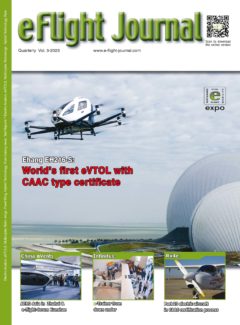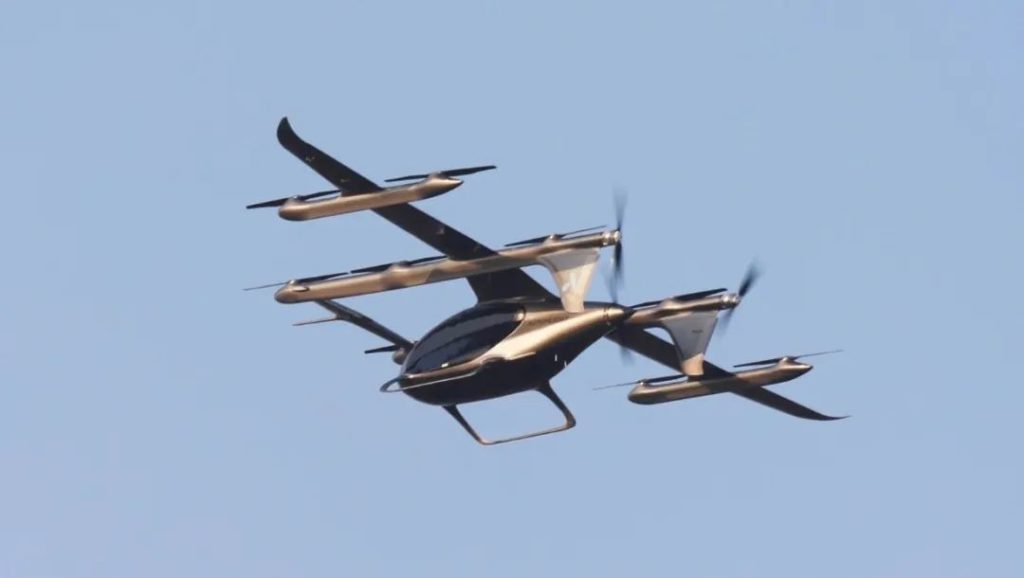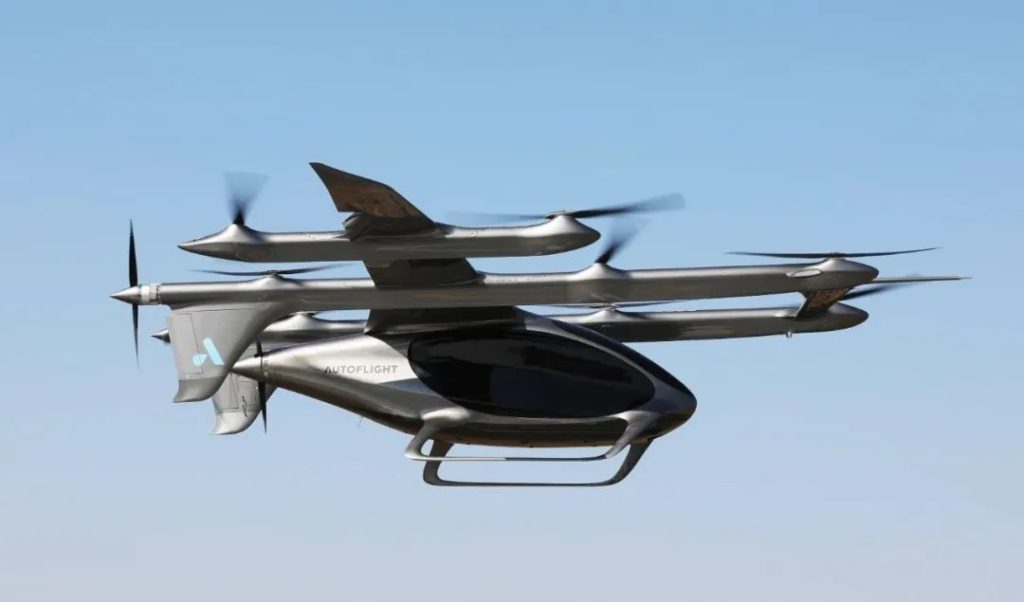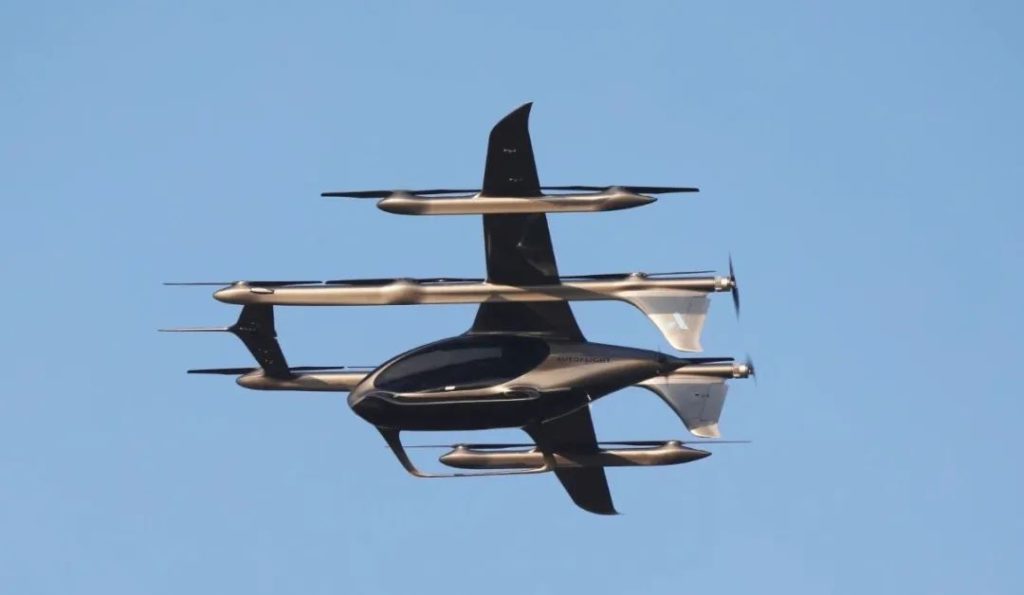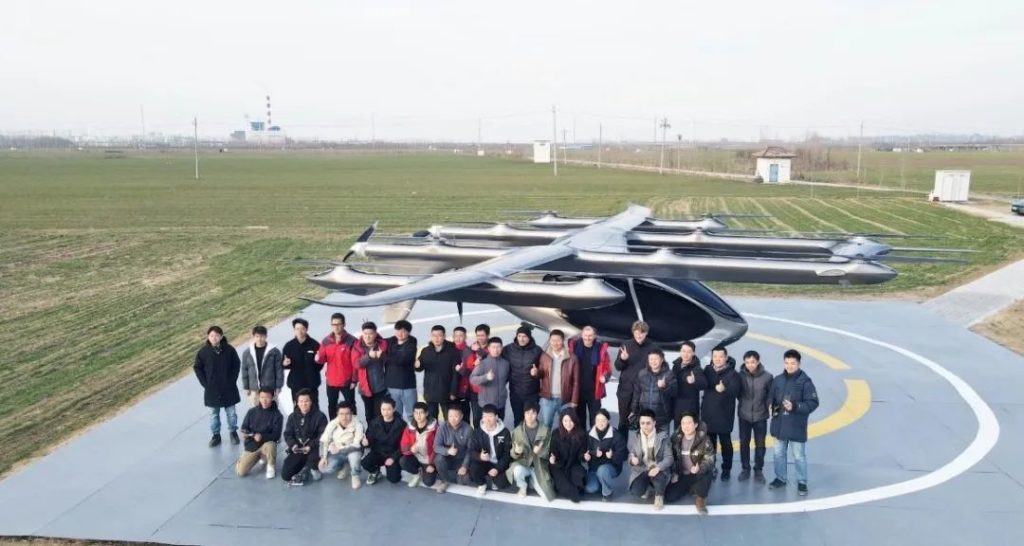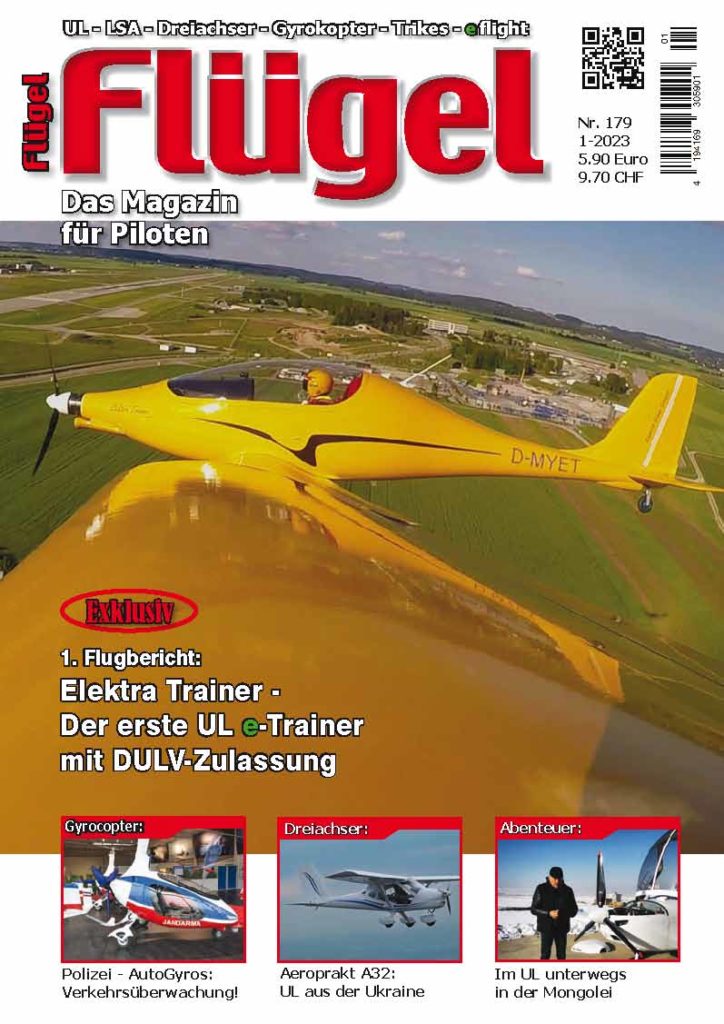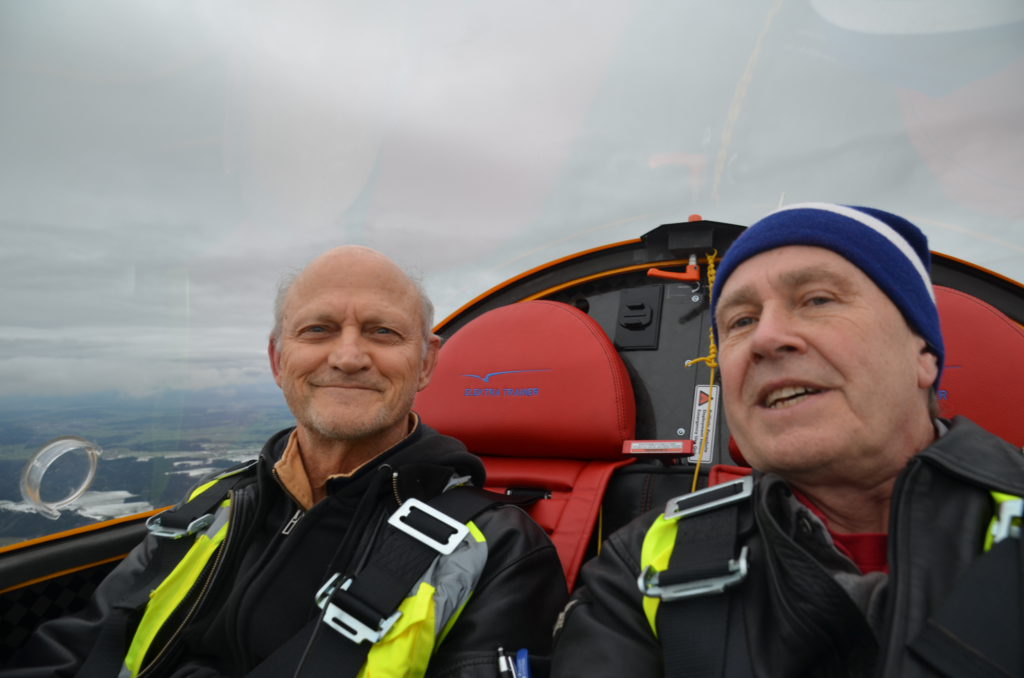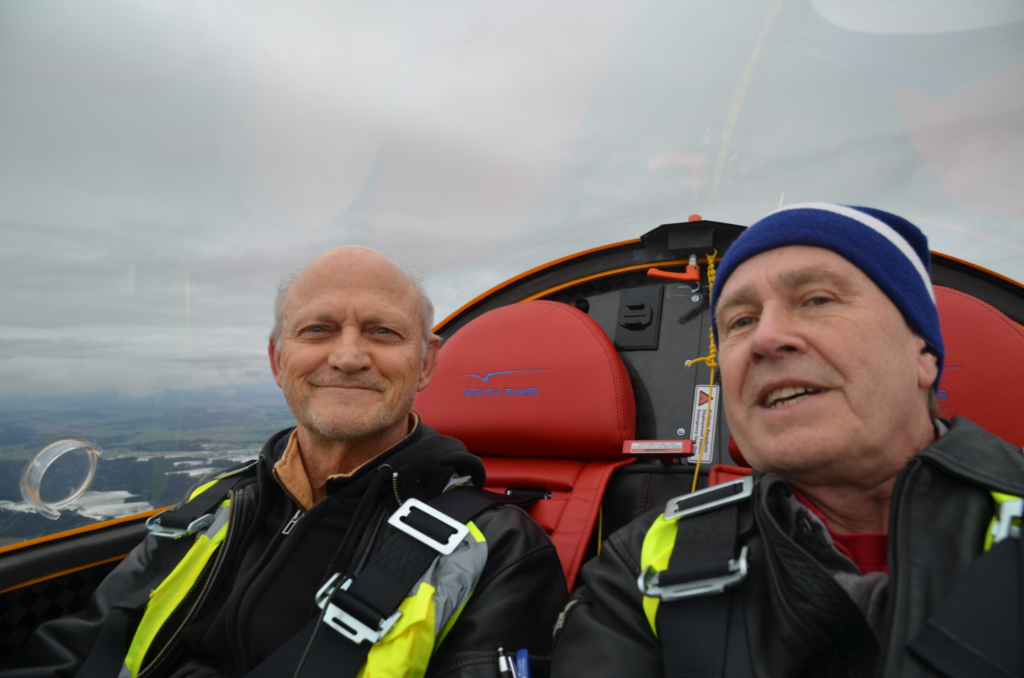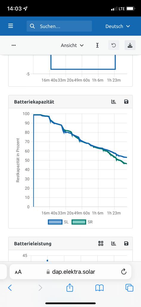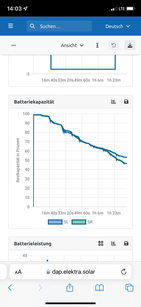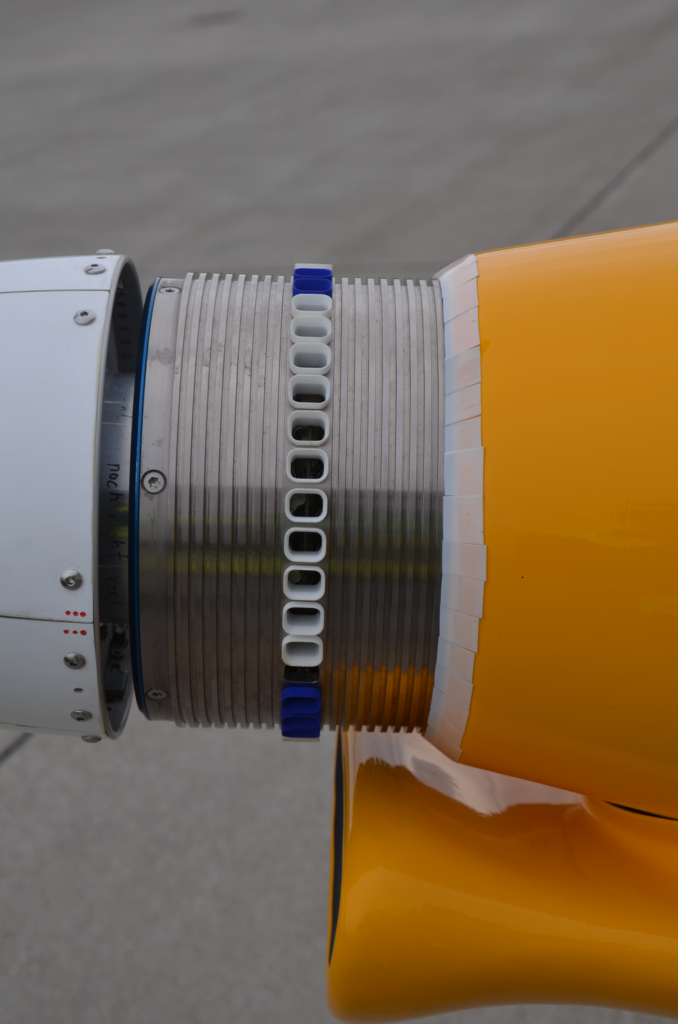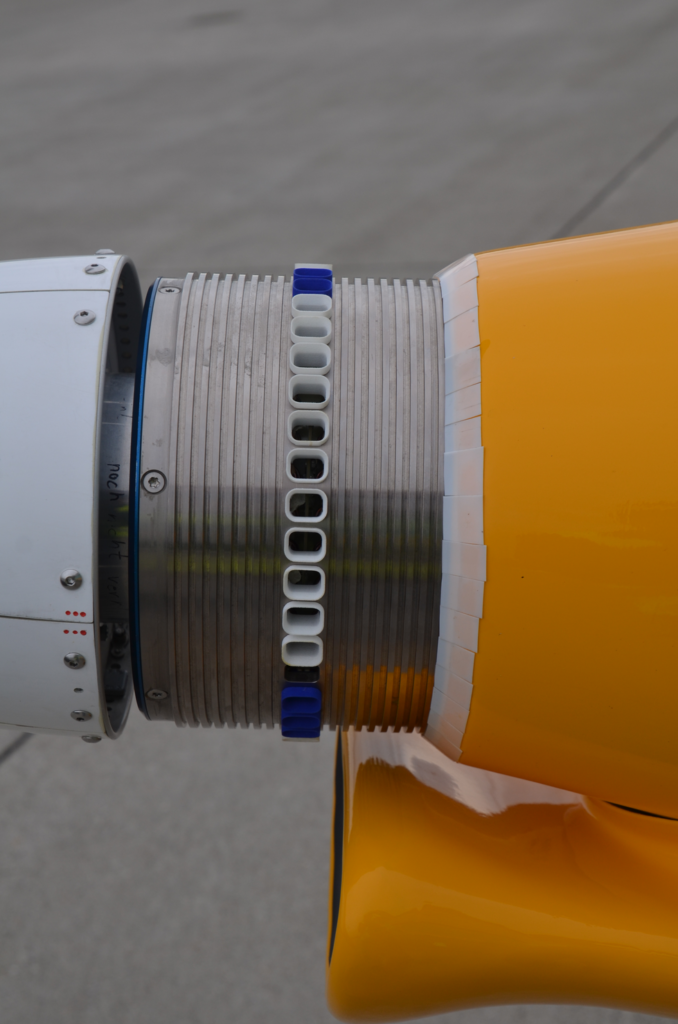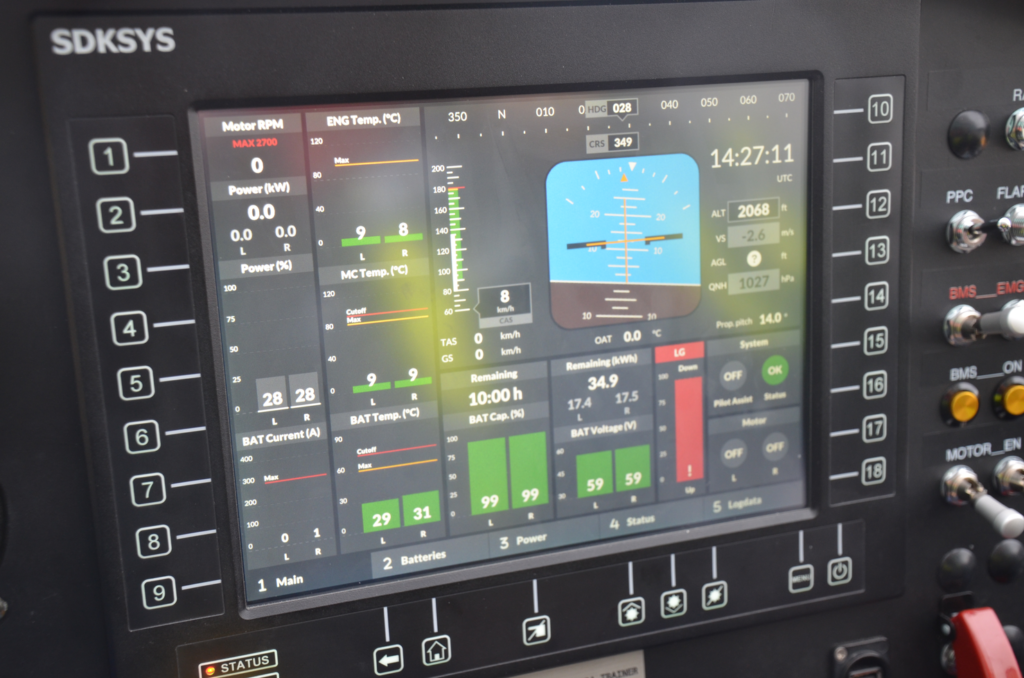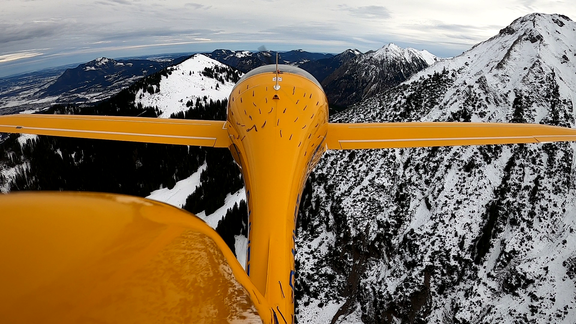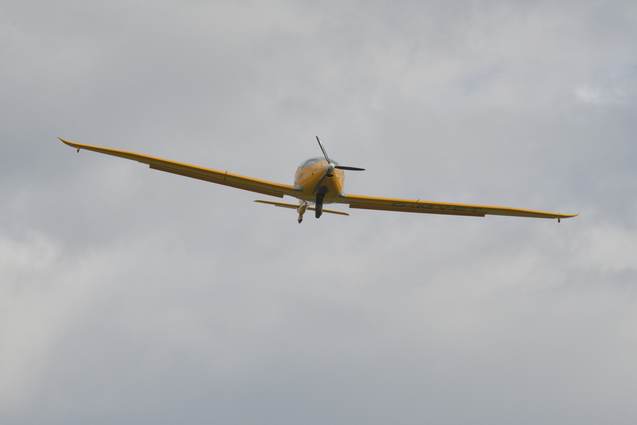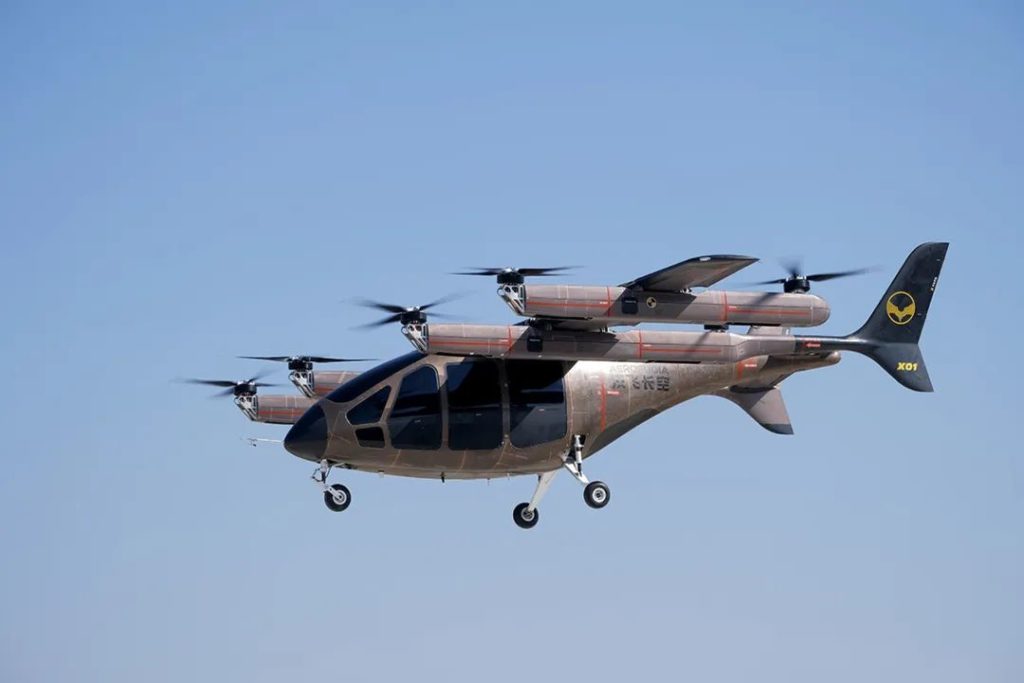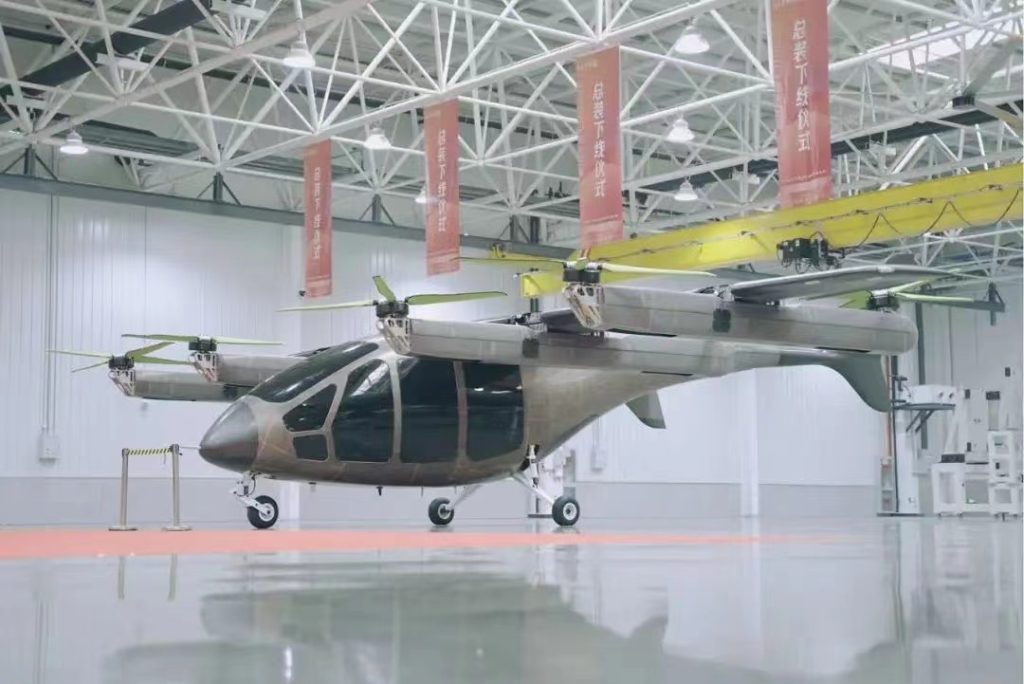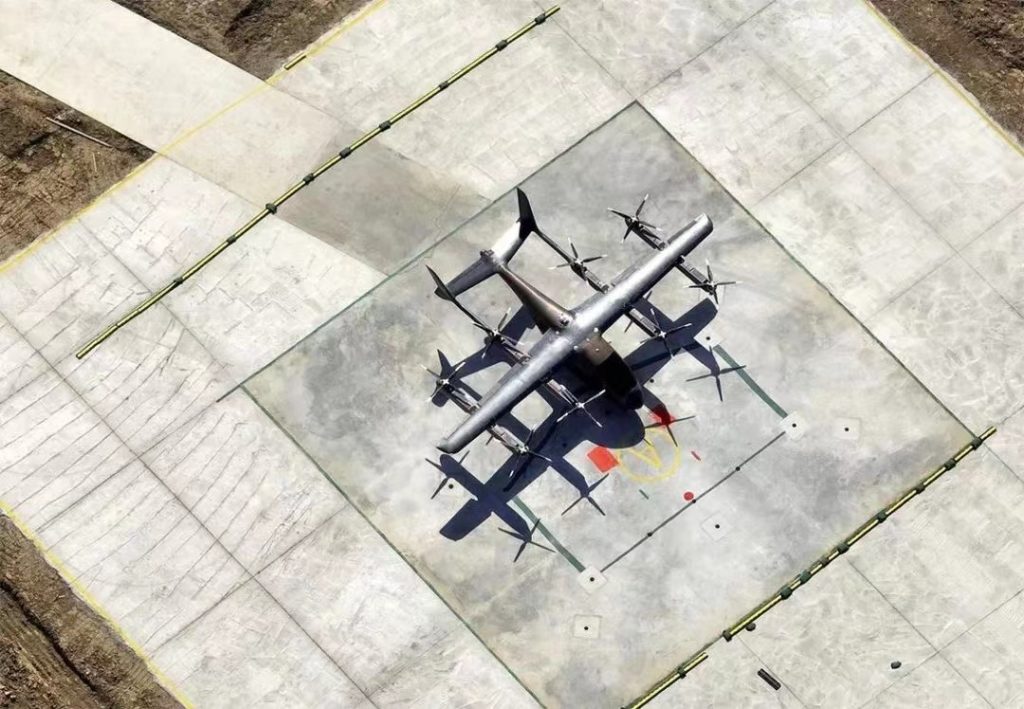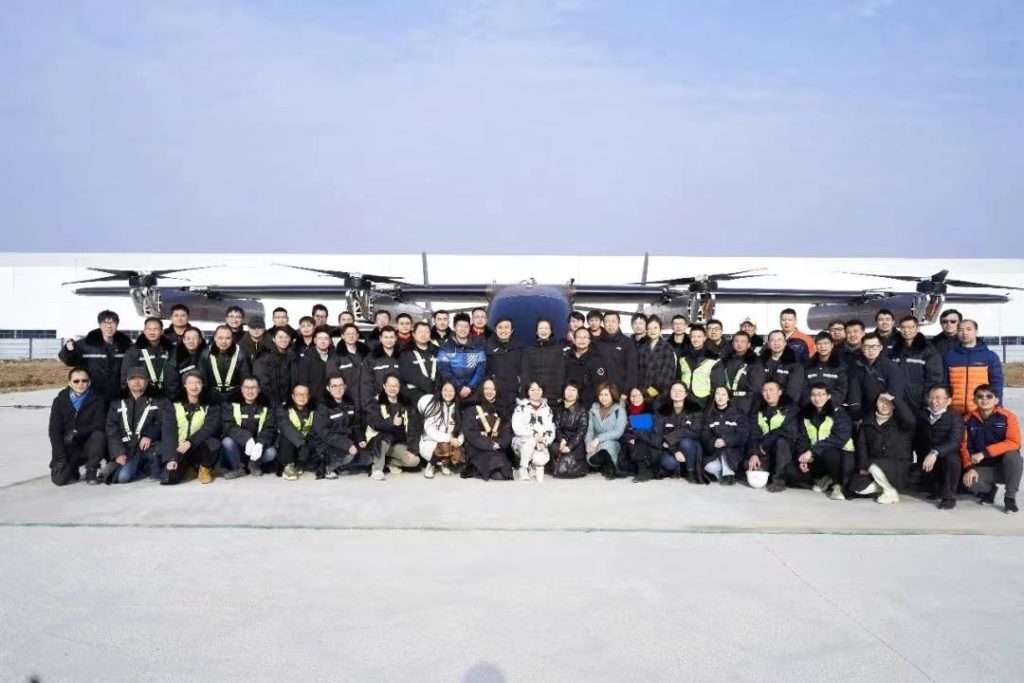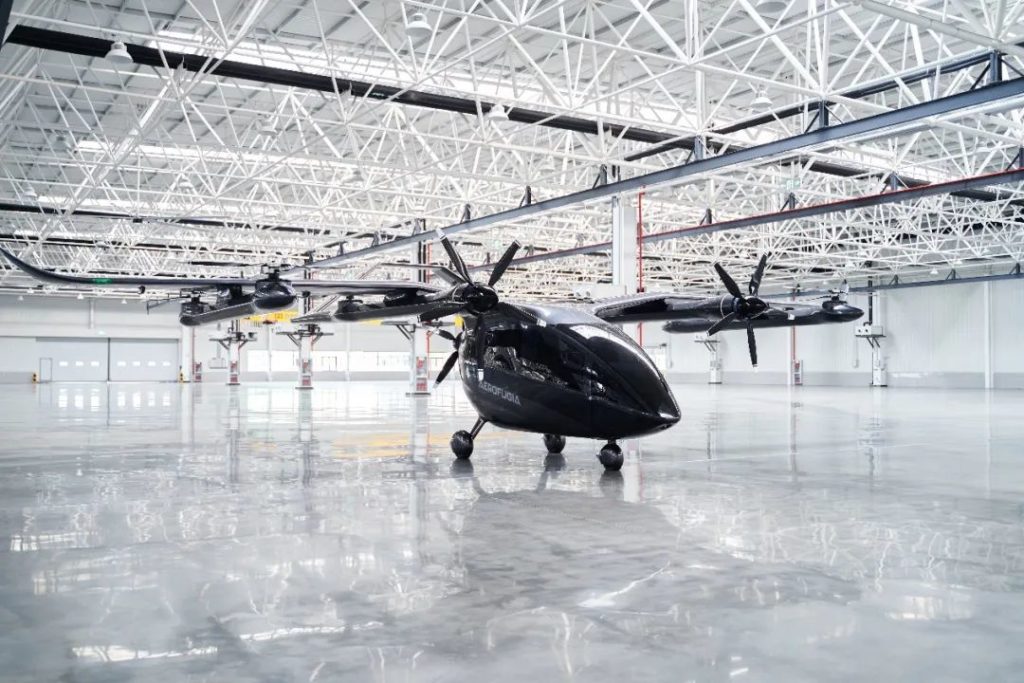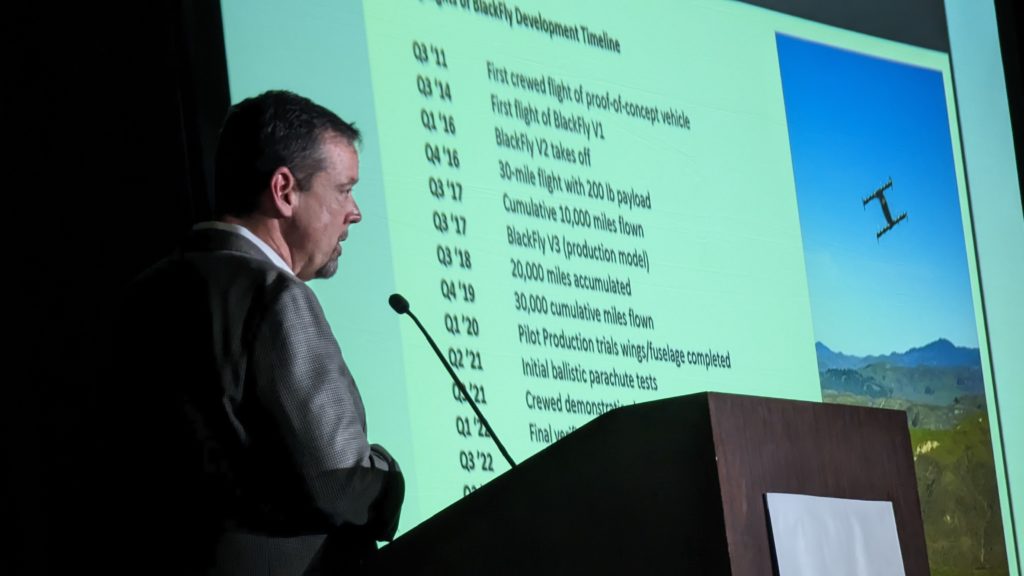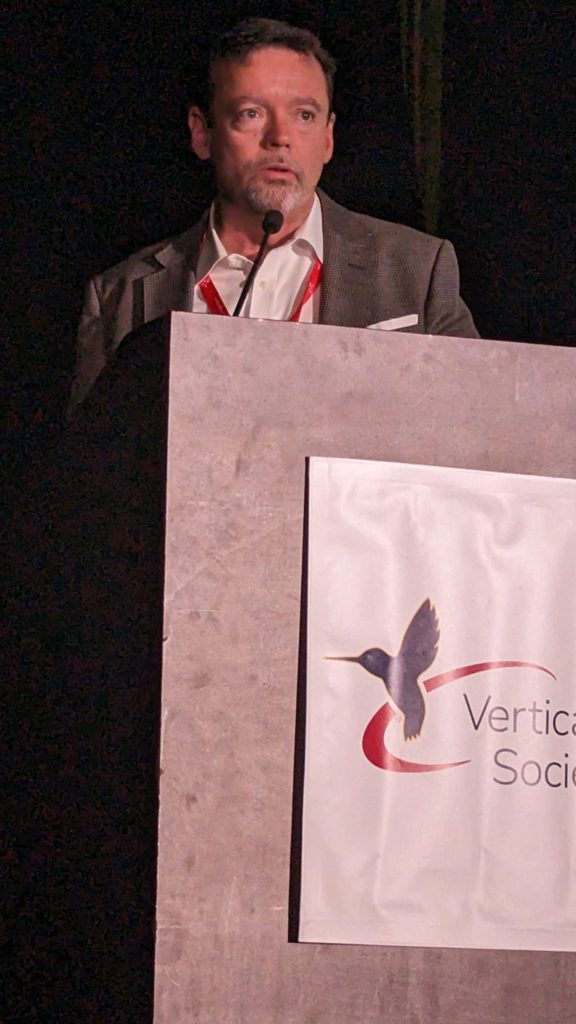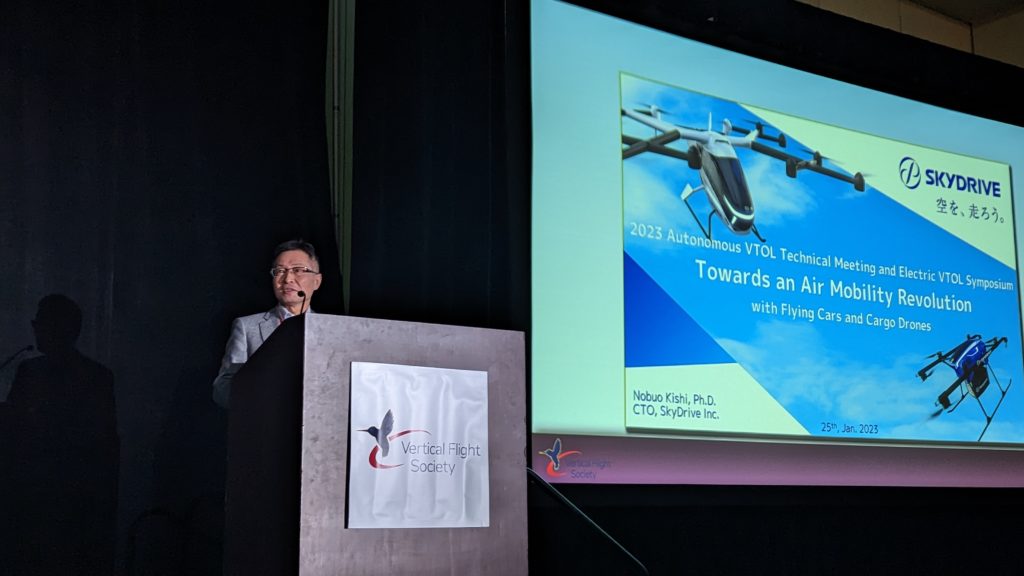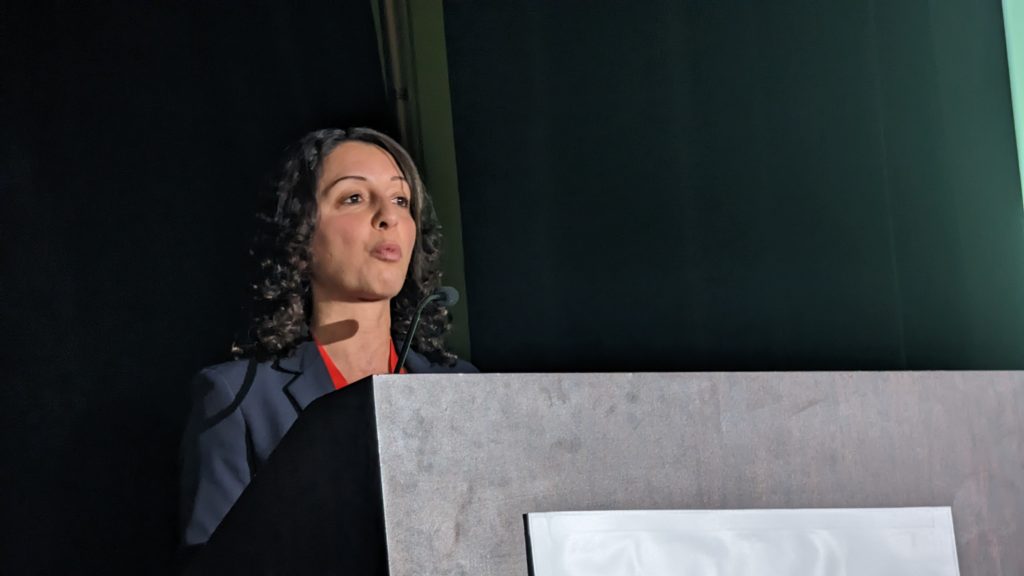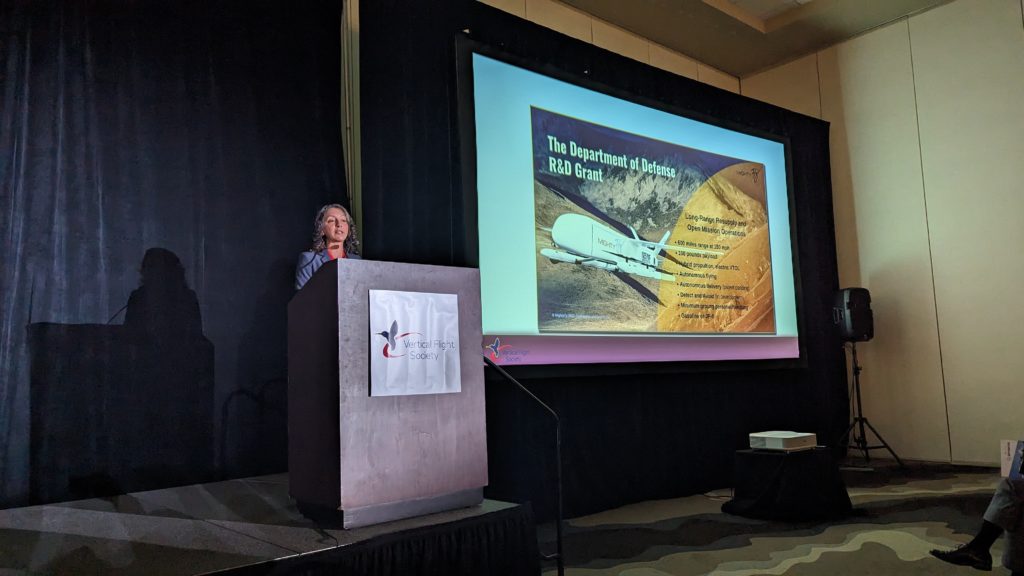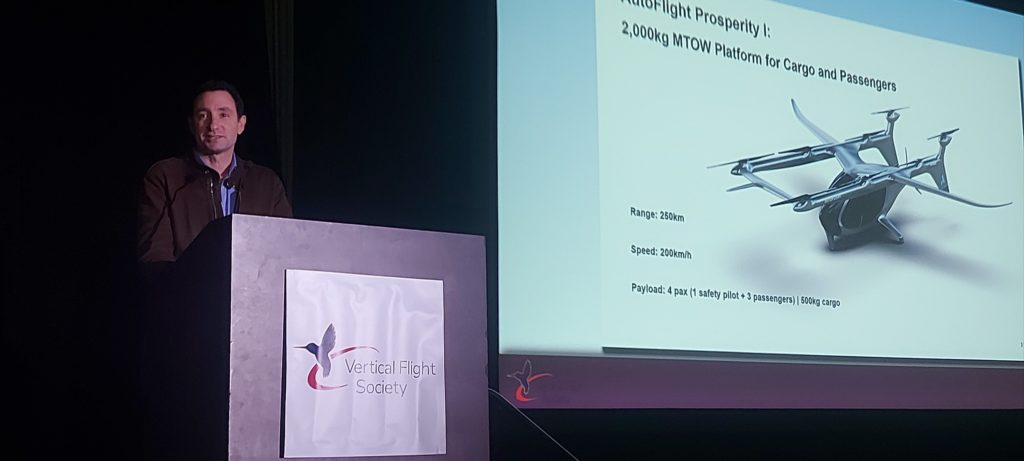The Chinese electric aircraft manufactuer Liaoning Ruixiang Aircraft announced today that the hydrogen powered internal combustion engine (ICE) demonstrator airplane that the company developed made the first flight on 25 March 2023 in Shenyang, China. This is China’s first such type of aircraft.

The ICE engine is a modified 2 liter automobile engine jointly developed by Ruixiang and The FAW auto company in China. The automobile engine is turbo charged and specifically developed to use hydrogen as fuel potentially for automobile use as well. The airframe is based on Ruixiang’s 4-seat full electric RX4e airplane which is undergoing certification in China.
According to the company, the demonstrator airplane has a wingspan of 13.5 meters and a length of 8.2 meters. It has 4.5kg high press hydrogen carried on board which gives the demonstrator over one hour duration at a cruising speed of 180km/h. The maximum thermal efficiency of the hydrogen internal combustion engine is greater than 43%, and the overall thermal efficiency of the power system is greater than 40%.
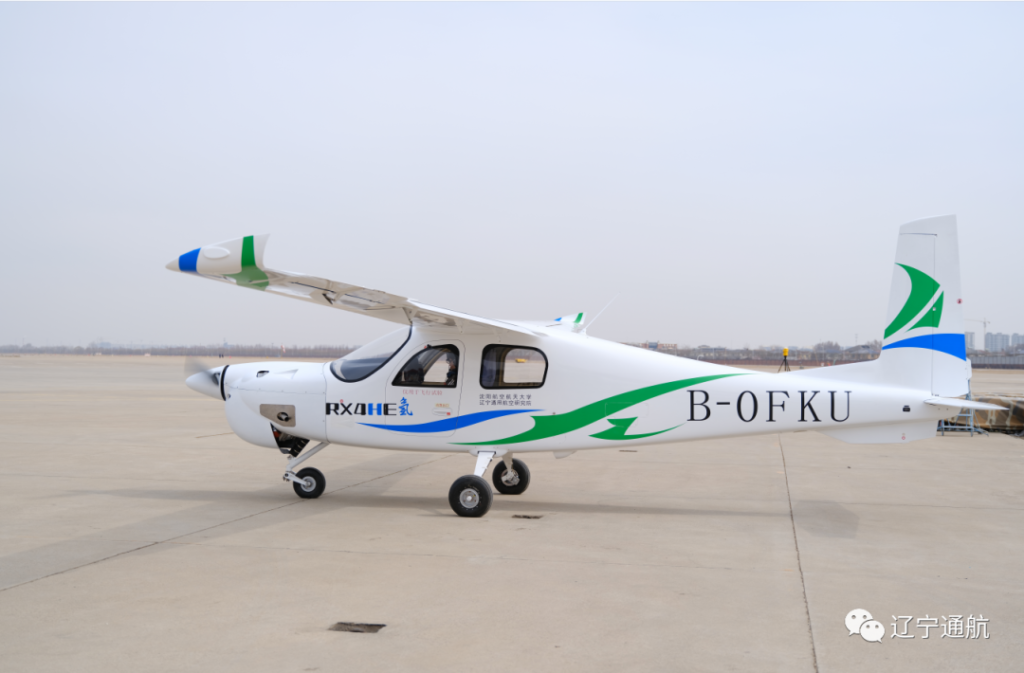
Ruixiang says that it began this project in 2021 and has been working with multiple Chinese entities including the FAW auto company, several universities and research institute. Ruixiang intends to use the demonstrator to further the research and application of hydrogen aviation by using hydrogen as the direct fuel source.
Ruixiang is the electric aircraft pioneer in China, designing and obtaining the Chinese regulator CAAC’s type certificate for RX1E, the two-seat full electric light sport airplane (LSA) in 2015 making the company one of the first in the world certifiying a full electric airplane. Ruixiang has been developing the four-seat full electric RX4E based on the certification and operation experience of RX1E since 2017. RX4E made the first flight in October 2021 and is currently undergoing CAAC type certification under Part 23 normal category.
